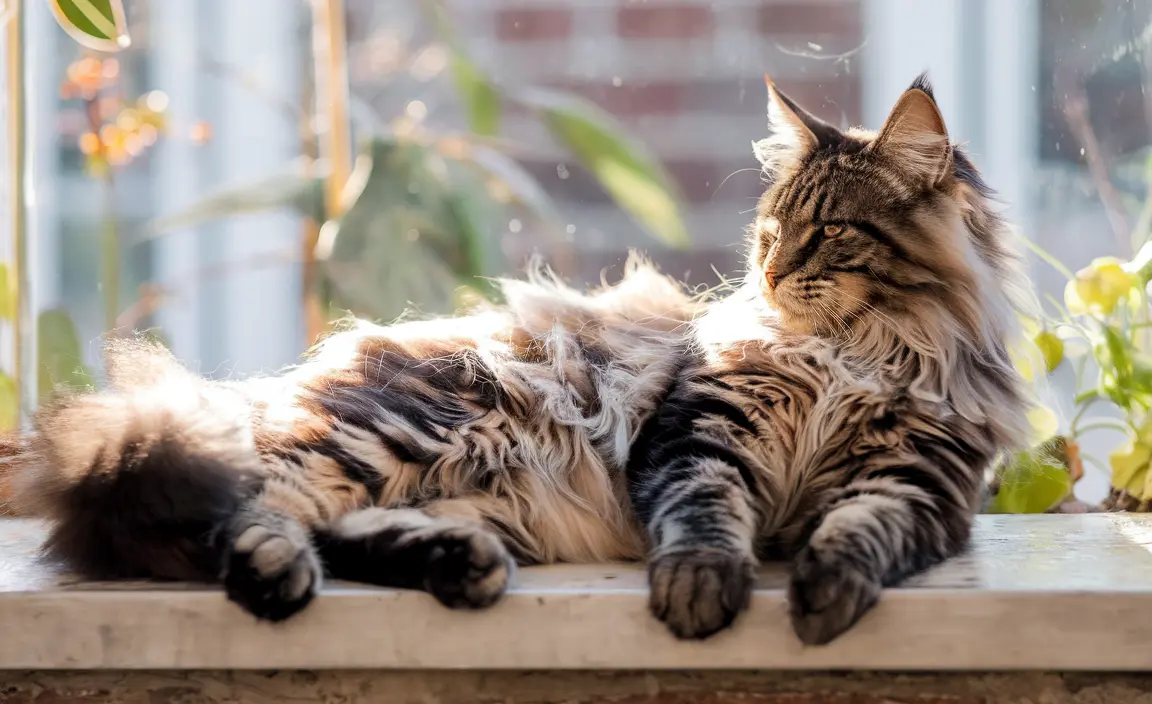Cat fur patterns are as diverse and fascinating as the felines themselves, offering a beautiful glimpse into the genetic complexity of our feline companions. Whether you're a cat owner, breeder, or simply an enthusiast, understanding the intricate world of cat fur patterns can help you appreciate the stunning variety that makes each cat truly unique.
In this comprehensive guide, we'll explore the remarkable spectrum of cat fur patterns, delving into the genetic factors, visual characteristics, and fascinating variations that create these stunning coat designs.
The Basics of Cat Fur Patterns
Cat fur patterns are the result of complex genetic interactions that determine color, distribution, and texture. These patterns are not just aesthetic features but tell a rich story of genetic inheritance and evolutionary adaptation.
Genetic Foundations of Fur Patterns
The development of cat fur patterns is primarily controlled by several key genes that influence pigment production and distribution. Two primary pigments - eumelanin (responsible for black and brown tones) and pheomelanin (creating red and yellow hues) - interact in intricate ways to produce the wide array of coat patterns we observe.
The Six Primary Cat Fur Patterns
Solid Color Coats
Solid color coats represent the most straightforward fur pattern, featuring a uniform color across the entire body. These can range from deep black and rich brown to pristine white, cream, and soft grey. Each solid color tells a unique genetic story, with some colors being more prevalent in specific breeds.
Bicolor Patterns: A Striking Combination
Bicolor cats showcase a beautiful blend of white and another color, creating distinctive and often dramatic looks. Popular bicolor variations include:
- Tuxedo: Predominantly black with precise white markings
- Van Pattern: Mostly white with color limited to head and tail
- Harlequin: Large colored patches on a white background
- Mitted: Colored body with charming white "mittens"
Tabby: The Most Common Pattern
Tabby patterns are the most widespread, characterized by distinctive stripes, swirls, or spots. These patterns typically feature an iconic "M" marking on the forehead and can appear in four primary variations:
- Mackerel (Striped): Narrow, vertical stripes
- Classic (Blotched): Broad, swirling marble-like patterns
- Spotted: Distinct spots across the body
- Ticked: Subtle, multi-colored banded hair creating a salt-and-pepper effect
Tricolor Wonders: Calico and Tortoiseshell
Tricolor patterns represent some of the most visually striking cat coats. Calico cats feature large patches of black, orange, and white, while tortoiseshell cats showcase an intricate blend of black and orange without substantial white areas.
Colorpoint: Elegant and Distinctive
Colorpoint patterns, famously seen in Siamese and Ragdoll breeds, feature darker colors on extremities like ears, face, paws, and tail, contrasting beautifully with a lighter body color.
Factors Influencing Fur Patterns
Multiple genetic factors contribute to a cat's fur pattern, including:
- The orange gene (O)
- Dilution genes
- White spotting genes
- Specific breed genetic markers
Frequently Asked Questions
What are the different types of cat fur patterns and colors?
Cats can have six primary fur patterns: solid, bicolor, tabby, tricolor (calico/tortoiseshell), colorpoint, and shaded/smoke.
How do genetic factors influence the development of cat fur patterns?
Genes controlling pigment production (eumelanin and pheomelanin) and distribution determine a cat's fur pattern through complex interactions.
Can cat fur patterns change over time as my kitten grows?
Some kittens' coat patterns might evolve or become more defined as they transition to their adult coat.
How do I identify whether my cat is a tabby, tortoiseshell, or bicolor?
Examine the distribution of colors and markings. Tabbies have distinctive stripes or spots, tortoiseshells blend black and orange, and bicolor cats have white combined with another color.
What impact do coat patterns have on the care and grooming of my cat?
While coat pattern doesn't directly affect grooming needs, different fur types might require specific brushing techniques and care routines.






